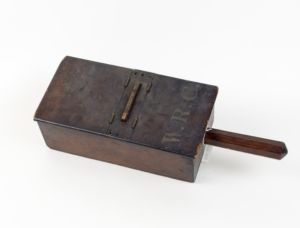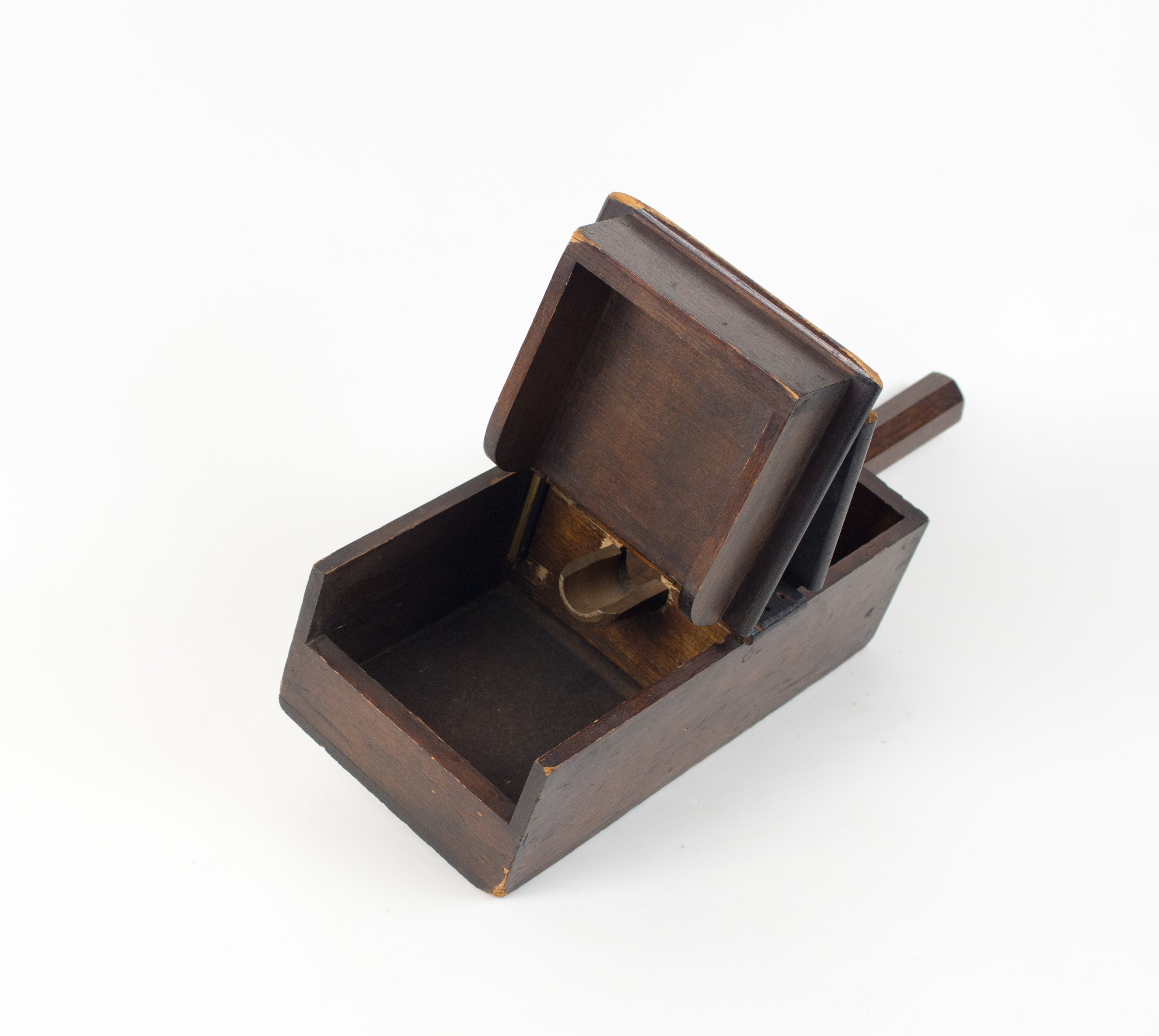
March 5, 2018
Long before women won the right to vote in 1920, women were given the opportunity to vote in small-scale local elections through organizations like the National Woman’s Relief Corps (WRC). This ballot box was used by the women of the WRC to discreetly vote for the acceptance, or rejection, of a new candidate hoping to gain membership.
With the lid to the ballot box closed, votes were secret and each member cast either a white or black marble to indicate how they felt about the new candidate. If the box was full of white marbles the candidate was accepted, if it contained black marble the candidate was “blackballed,” or rejected from membership.
Founded in Massachusetts after the Civil War in 1879, the WRC began as a “secret” organization that served as auxiliary to the Grand Army of the Republic (GAR) and established Posts throughout the county. Women who had remained loyal to the Union were eligible to obtain membership regardless of race or where they lived during the war.
On July 22, 1884 Minneapolis hosted the Second National Convention of the WRC, establishing the state of Minnesota’s headquarters in parlor No. 1, of the luxurious West Hotel located of Fifth and Hennepin. According to the Journal of the Second National Convention, “parlors were filled” by local members as well as National officers and delegates from abroad.
Author Bio: Olivia Schiffman is a volunteer at Hennepin History Museum. She has her Bachelor of Arts degrees in English, History, and Music from Hamline University. She currently works for the City of Hugo, digitizing records and compiling research on the cities one room schoolhouse, as well as the Minnesota History Museum, researching the history of underrepresented communities at Fort Snelling.

